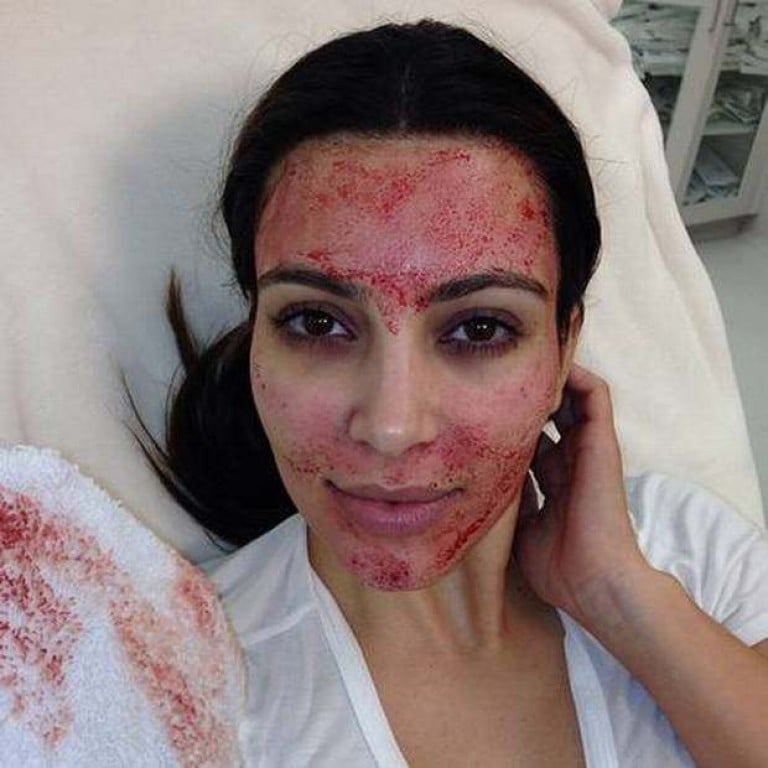Advertisement
Advertisement
Advertisement
What do we know about ‘vampire facials’, linked to 3 HIV cases? The procedure was popularised by celebs like Kim Kardashian and Gwyneth Paltrow – and now 3 women at a spa have contracted HIV
STORYAssociated Press

- The former owner of VIP Spa in New Mexico, Maria de Lourdes Ramos de Ruiz, pleaded guilty to practicing medicine without a licence in 2022, and is serving jail time – but new information has come to light
- The spa in Albuquerque reportedly reused disposable equipment intended for one-time use; the American Academy of Dermatology said the procedure is generally safe
The “vampire facial” – a procedure popularised by Hollywood celebrities like Kim Kardashian and Gwyneth Paltrow – has recently been linked to three new HIV cases.
Three women were diagnosed with HIV after getting “vampire facial” at an unlicensed New Mexico medical spa, the US Centers for Disease Control and Prevention said in a report last week, marking the first documented cases of people contracting the virus through cosmetic services using needles.

Advertisement
US federal health officials said in a new report that an investigation from 2018 through 2023 into the clinic in Albuquerque, VIP Spa, found it apparently reused disposable equipment intended for one-time use, transmitting HIV to clients through its services via contaminated blood.
What is a vampire facial?

Vampire facials, formally known as platelet-rich plasma microneedling facials, are cosmetic procedures intended to rejuvenate one’s skin, making it more youthful-looking and reducing acne scars and wrinkles, according to the American Academy of Dermatology.
After a client’s blood is drawn, a machine separates the blood into platelets and cells.
The plasma is then injected into the client’s face, either through single-use disposable or multiuse sterile needles.